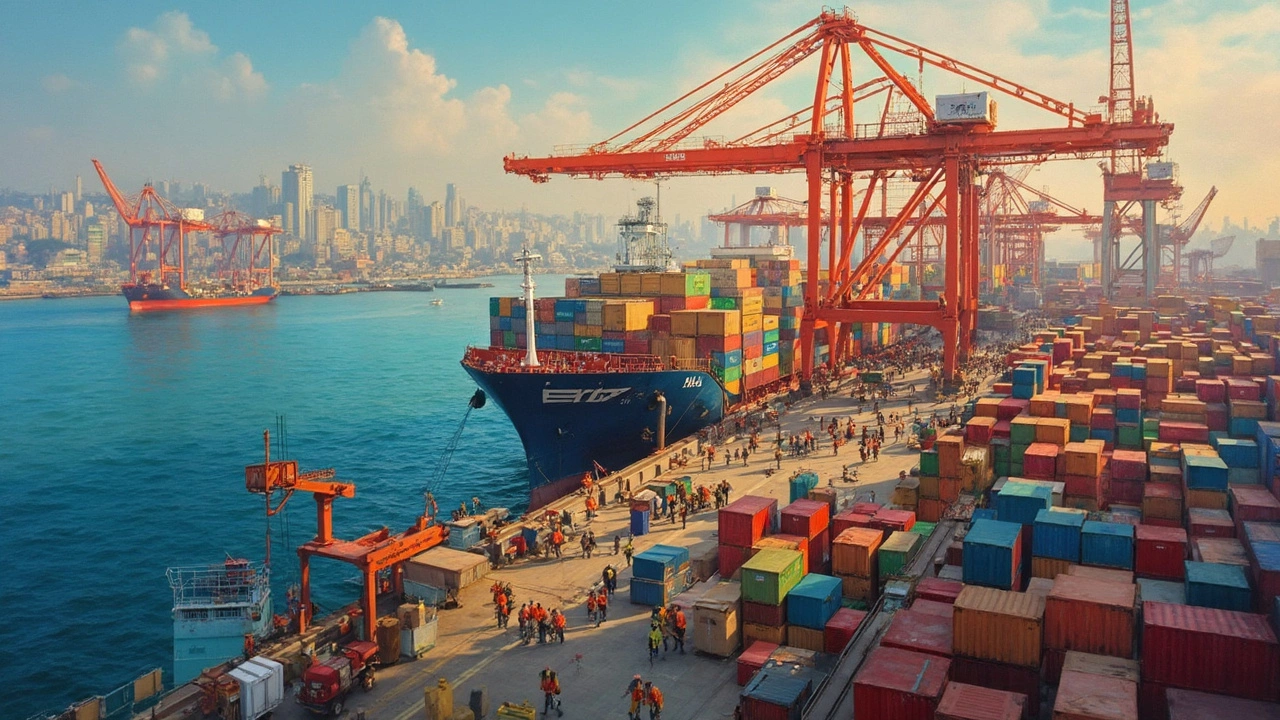Global Trade Made Simple: Tips for Easy International Shipping
Thinking about sending a bike or any product overseas? Global trade can sound complicated, but the core steps are pretty straight‑forward. You just need to know the right paperwork, pick a reliable carrier, and plan for customs. In this guide we break down the must‑know bits so you can move stuff without headaches.
Why Global Trade Matters for You
Every time a business sells abroad, it joins a network that fuels jobs, tech, and lower prices. For a bike owner, this means you can order a rare model from another country and get it home without the dealer’s markup. For a small shop, it opens up new customers who are hungry for your products. The big idea is simple: trade lets you reach more people, and good logistics keep the process cheap and fast.
But trade isn’t just about profit. It creates a flow of ideas, standards, and safety checks. When you ship a motorcycle, the carrier follows the same safety rules that protect every driver on the road. That consistency is why big players invest in tracking tools and insurance—so even a tiny package gets the same care as a container full of goods.
Key Tips for Smooth International Shipping
1. Get the paperwork right. The biggest surprise most people face is customs forms. For a bike, you’ll need a commercial invoice, a packing list, and sometimes a certificate of origin. Fill out each field clearly—no abbreviations that customs agents can’t read. A mistake can delay your shipment by days.
2. Choose the right carrier. Not every courier handles oversized items. Look for companies that specialize in bike transport or have a dedicated freight forwarding arm. They’ll know how to strap a motorcycle safely, how to handle battery regulations, and which ports have quick clearance.
3. Pack smart. Use a sturdy bike box, add foam padding around the handlebars and forks, and secure the wheels. If you’re sending a disassembled bike, label each part. Good packing cuts damage risk and can lower insurance costs because the carrier sees you’ve taken precautions.
4. Factor in duties and taxes. Every country taxes imports differently. Some charge a flat rate; others calculate a percentage of the bike’s value. Use an online duty calculator early on so you can give your buyer the final cost upfront. Surprises at the door are never fun.
5. Track and communicate. Modern logistics platforms let you see exactly where your shipment is—from the warehouse to the final door. Share the tracking link with the recipient and set expectations about delivery windows. If something goes off‑track, you can act fast.
Following these steps turns a potentially stressful process into a routine task. Whether you’re a bike enthusiast ordering a custom ride or a retailer expanding to new markets, the same principles apply.
Remember, global trade isn’t a secret club—just a series of clear actions. Get the documents ready, pick a carrier that knows bikes, pack carefully, know the taxes, and stay on top of tracking. Do that and you’ll move goods across borders with confidence.
